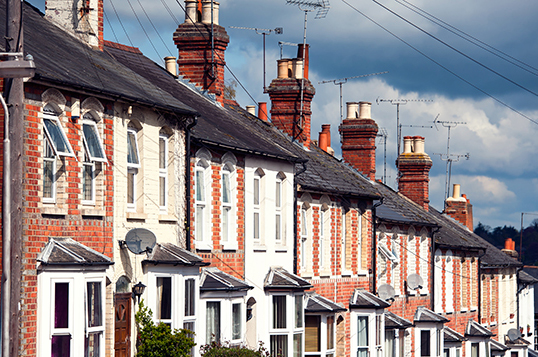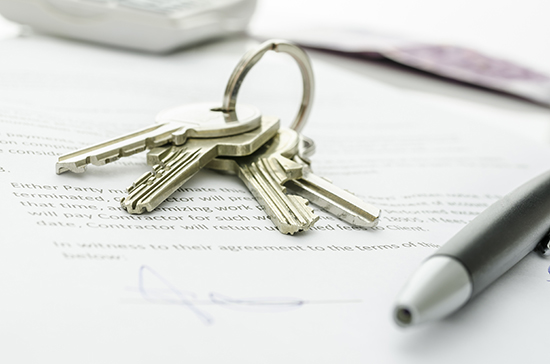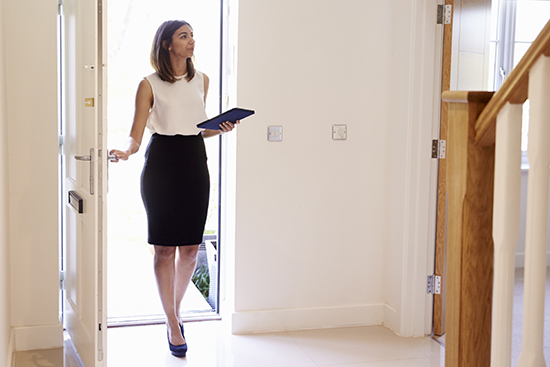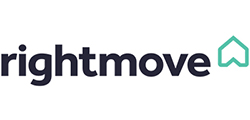What’s happening with property in Wakefield?
by on 10th June 2017
We don’t want to be accused of ignoring other towns and cities in West Yorkshire, focusing solely on Leeds, so we head metaphorically south to Wakefield, a 12 mile trek down the M621, A650 or M1 – you pick the route; we’ll give you the lowdown on property there.
Wakefield has an illustrious history and is mentioned in the Domesday Book of 1086 under two names: Wachefeld and Wachefelt. Human activity dates back to prehistoric times and it was an important Roman settlement, followed by Angles and then Vikings in AD 876 who gave the town its “gates” – meaning road in Norse: Westgate, Northgate and Kirkgate.
Its wealth and population increased with the 18th century building of the Aire and Calder Navigation canal, and the development of its cattle market and trading in wool.
Recent years have not been kind to Wakefield, with coal and manufacturing industries closing, but there have been successful urban regeneration schemes in the town: the redesign of the Bull Ring, the refurbishment of the Ridings Shopping Centre and the development of the “Wakefield Waterfront“.
With economic regeneration, fantastic transport links, and a growing population, it is a great place to live and invest.
Let’s look now at the property market there.
Wakefield comprises 12 main villages, suburbs or “thorpes” and, for the sake of brevity in this post, we won’t analyse each area.
What we can say though is that Wakefield, as a place, has an overall average selling price for property of just under £180,000, which is £13,000 cheaper than Leeds overall, and £60,000 lower than Bradford’s average.
What’s interesting about Wakefield, we’ve found, is the quickness of sales.
Recently, we listed a property there, which Adam sold in under 24 hours with our Hogan’s Online Plus service.
The average time on the market for Wakefield overall is 92 days, bear in mind.
Detached properties in Wakefield sell on average for £274,000 and terraced properties for £121,250, but unlike Leeds, larger houses of 3 bedrooms or more make up nearly 70% of the property for sale ratio, whereas Leeds is 50%.
In simplistic terms, if you want more bedrooms for a lower price, head south and pay less than Leeds.
It’s the same sort of trend with house types: 38% of houses sold in the past year in Wakefield were detached, compared with 18% in Leeds.
These average figures inevitably only paint a broad picture and we feel it worthwhile pointing out some specifics for the town below:
- Highest portal property price: £1,600,000
- Lowest portal property price: around £25,000
- Time on the market average: 129 days
Wakefield then as you can see has a huge property price range and a relatively long time on the market, but property prices have increased there by 4% in the last year and with the information we’ve discussed and analysed, it is a sound investment area.
If you want to know more about our services for sellers and buyers in Leeds, Bradford and Wakefield, drop Adam an email at enquiries@hogans.co or phone him directly on 0113 887 8455 or complete our contact form now.












